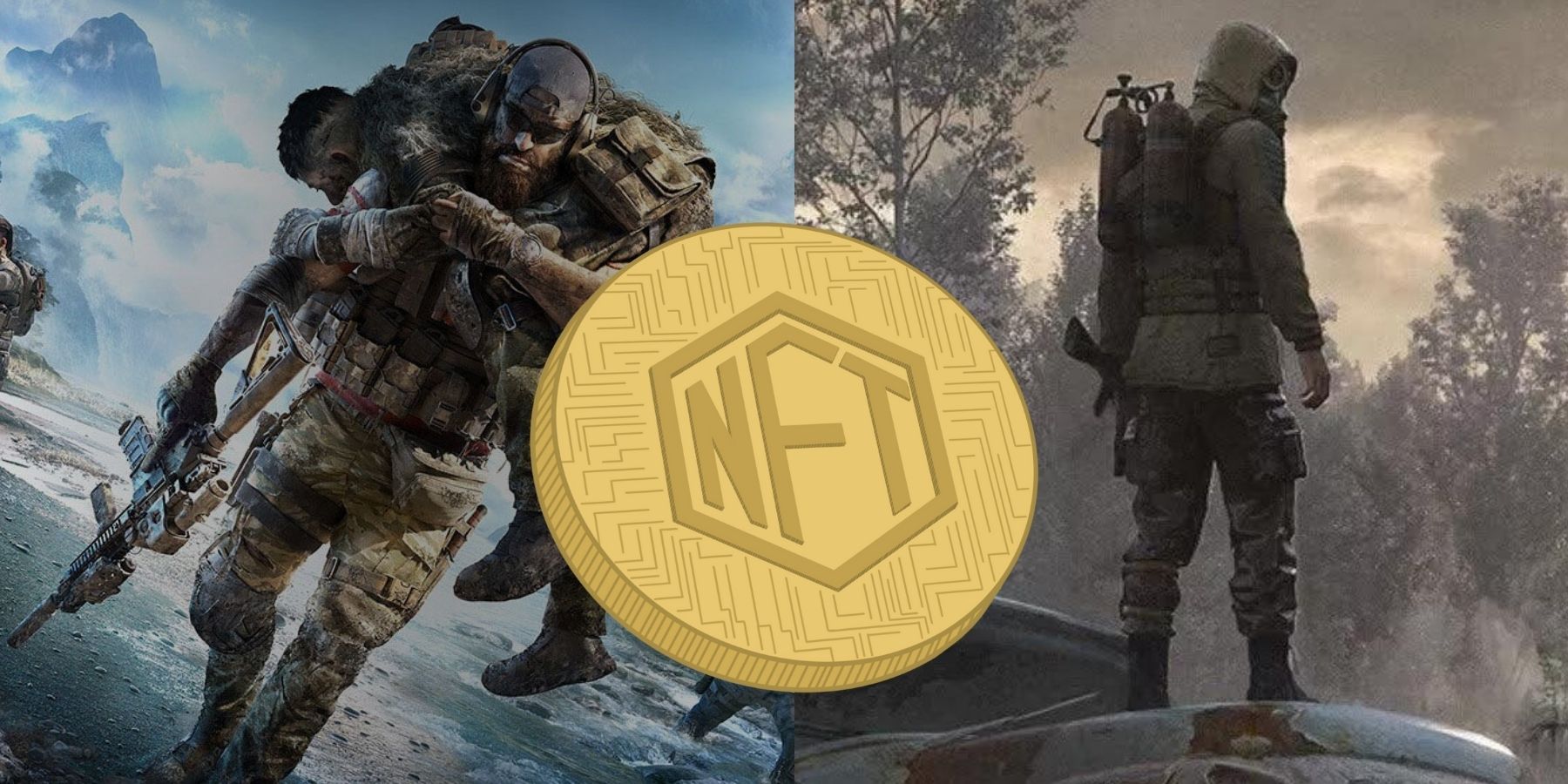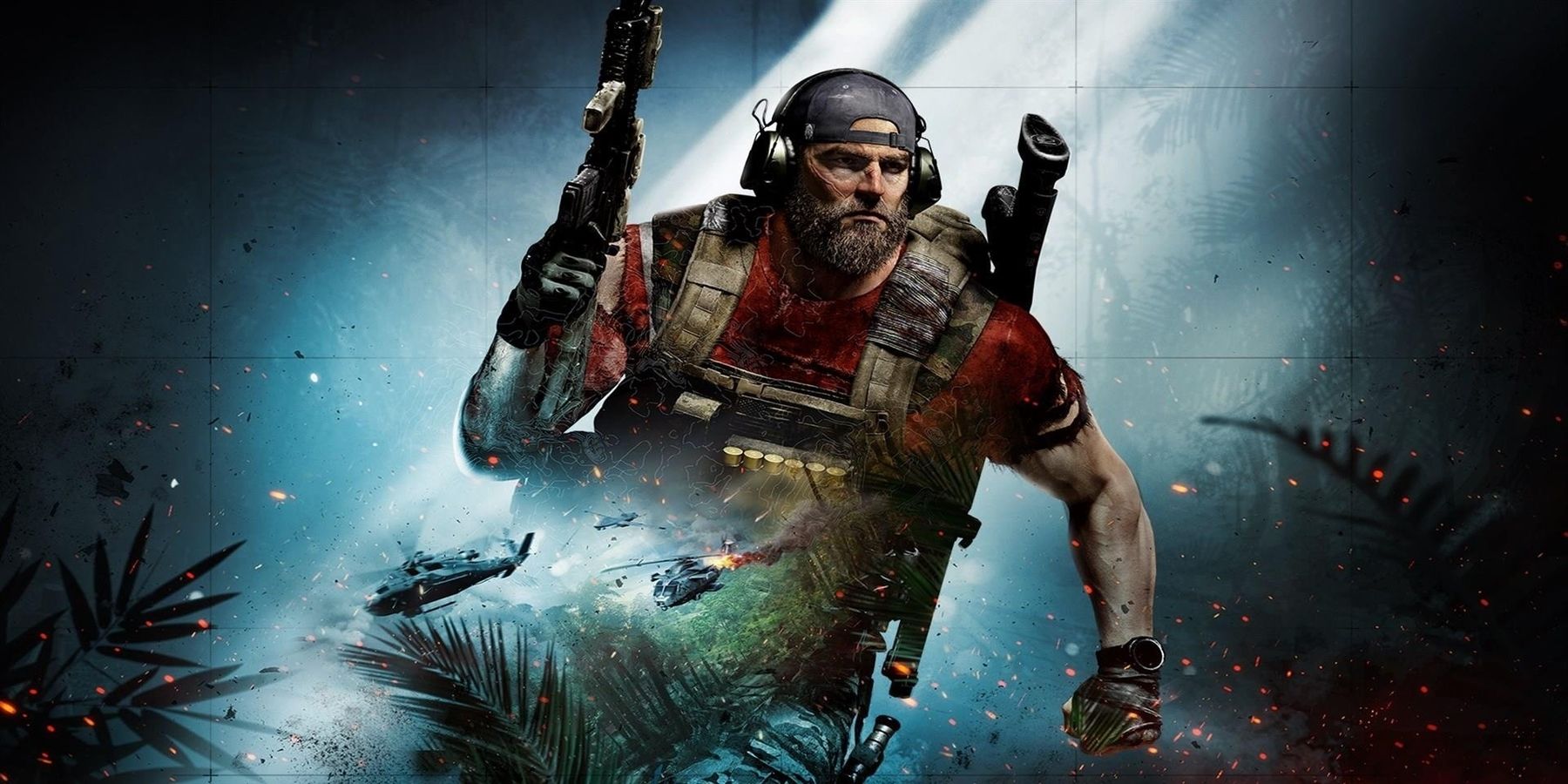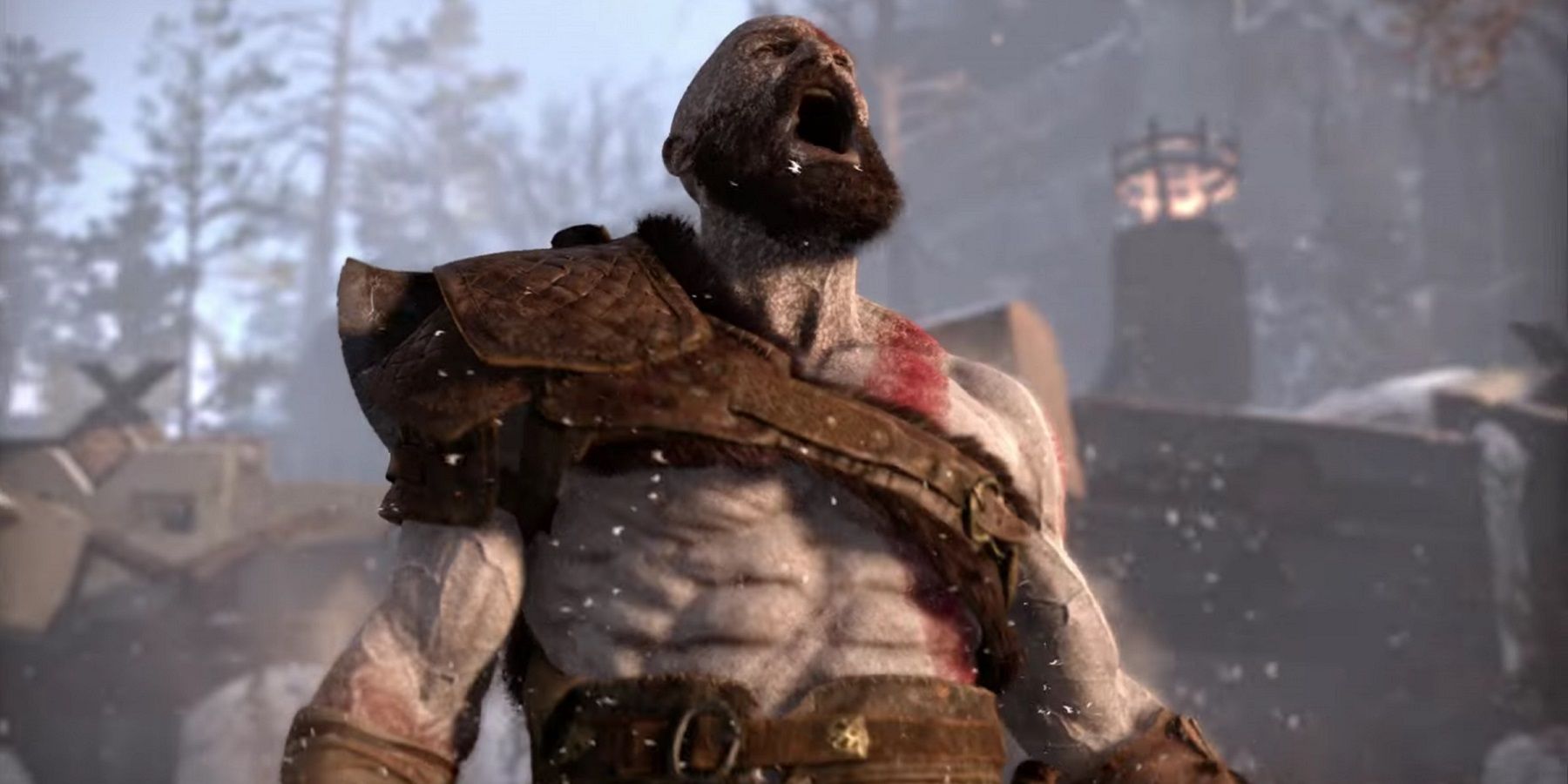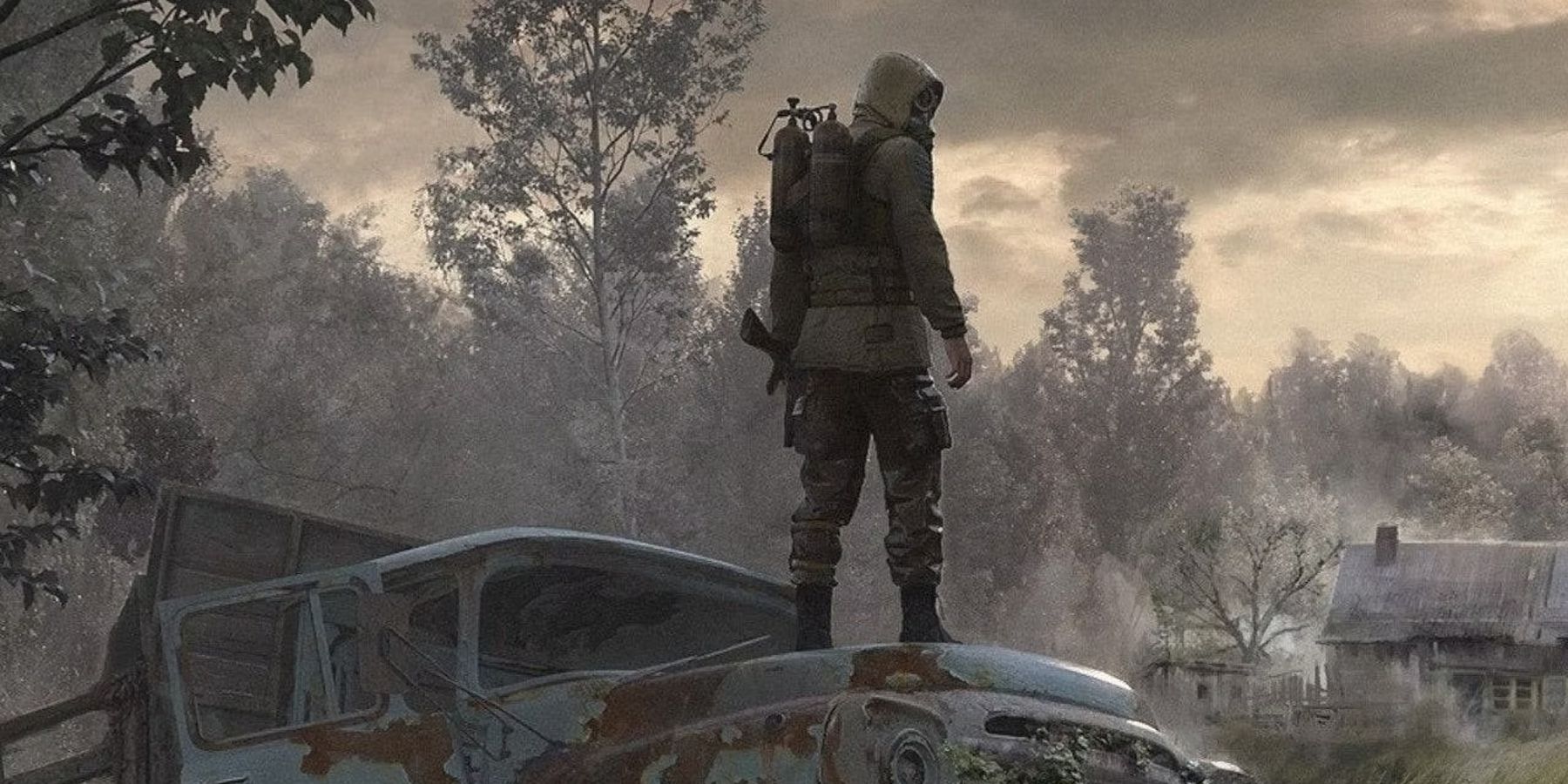Quick Links
Non-Fungible Tokens, abbreviated as NFTs have recently taken the games industry by storm. NFTs can loosely be defined as a certificate of ownership, made possible through the use of blockchain-based technology. Many of the biggest publishers around the globe have been making steps towards integrating this technology into the latest games, with notable examples being Ubisoft and EA, among others.
Gaming fans across the internet have been extremely vocal about the dislike for these tokens, and for good reason. NFTs are assumed as just another added expense to the play experience for the biggest games, and does very little to enhance the player experience, all while filling the publishers’ already big pockets even deeper. There’s some truth to these statements, but upon closer inspection — the inclusion of these items might benefit the industry in the long term, albeit when looked through a very particular lens.
The Growing Cost Of Game Development, And Its Side Effects
It’s no secret at this point that games are really expensive to develop, and with each generation raising the bar for visual fidelity and production value, these expenses just keep ballooning. Games such as Cyberpunk 2077, Red Dead Redemption 2, and Grand Theft Auto 5 cost hundreds of millions of dollars to make.
Thus, despite record-breaking sales, very few games manage to deliver justifiable profits that company investors and shareholders demand year-over-year. Over the years, fans have seen a ton of new trends that serve to bridge this money gap by introducing new revenue sources, including but not limited to cosmetic DLC packs, Collector’s Editions, Season Passes, and more.
It’s also likely why so many publishers including the likes of Sony have decided to go multi-platform, since the AAA blockbusters of today aren’t as inherently profitable with the traditional business models and platform exclusivity schemes of past generations. More recently, however, the industry has witnessed a meteoric rise in the popularity of microtransactions to such a degree that many gamers have become accustomed to it.
It wasn’t always like that, of course. Star Wars: Battlefront 2 made a lot of headlines back when the game practically forced players into buying loot boxes with real-world money to progress in the game. Assassin’s Creed Oddysey had also been guilty of this behavior, forcing players to buy up time-savers through real-world money to speed up the character leveling process. Such problems aren’t exactly extinct at this point, but have been reduced to such an extent that most players don’t hold the same grudges against microtransactions in a way they used to a couple of years ago.
How NFTs Can Potentially Benefit Games
Much like how microtransactions had their fair share of critics when first introduced, NFTs currently seem to be trudging through the same path. Not to suggest the criticism is uncalled for, far from it. Given the nature of how limited-quantity collectibles work, it’s very important to call out anyone trying to make irrational money out of it. Even for all its naivety, the Ubisoft-introduced Digit NFTs are far from sustainable, by practically forcing players to play the game for large amounts of time for limited-time gear.
Given how AAA games cost so much to develop, the inclusion of NFTs looks to be, in some cases, inevitable — despite all its cons. However, on the brighter side, it’s a far-more consumer-friendly model (barring the environmental effects of crypto-mining) than say, increasing the price of games by a significant margin every generation.
Ideally, NFTs should work as unique souvenirs for those who loved the game — and aspire to be optional for all players and non-gameplay intrusive in functionality.
If NFTs start to follow this blueprint, the whole ordeal can turn around for the better and be a win-win situation for both parties involved. Gamers who want to spend on NFTs get to do so — and developers get to have an additional source of revenue to keep up with rising costs. All the while, those wanting to just play the game in a traditional way get to do so, no questions asked and no additional amount demanded.




